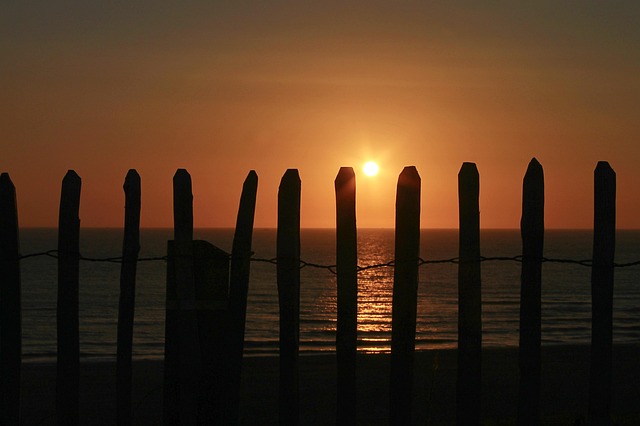In coastal regions, where harsh weather conditions and salty air pose unique challenges, selecting the right fencing material is paramount. This article explores the benefits of durable wooden fencing as a robust and aesthetically pleasing solution for your coastal property. We delve into the specific challenges faced in these environments, highlighting why certain wood species excel in durability. Additionally, we provide practical maintenance tips to ensure your fence remains a reliable and long-lasting feature.
- Understanding Coastal Fencing Challenges
- Advantages of Durable Wooden Fencing
- Choosing the Right Wood Species
- Maintenance Tips for Longevity
Understanding Coastal Fencing Challenges
Coastal areas present unique challenges for fencing due to harsh weather conditions, including strong winds, salty air, and frequent rainfall. Traditional materials like vinyl or metal may not withstand these elements, leading to frequent replacements and increased maintenance costs. The constant exposure to salt water can cause corrosion in metal fences, while vinyl becomes brittle and susceptible to damage from high winds and debris.
Durable wooden fencing offers a suitable alternative for coastal properties. Properly treated and sealed wood can resist rot, mold, and insect infestations that are common in these environments. It also provides better wind resistance compared to weaker materials, ensuring the fence remains intact during storms. Additionally, wooden fences blend seamlessly with the natural surroundings, enhancing the aesthetic appeal of coastal landscapes without compromising their structural integrity.
Advantages of Durable Wooden Fencing
Durable wooden fencing offers an array of benefits for coastal areas, providing both functional and aesthetic advantages. One of its key strengths is its natural resistance to corrosion caused by salty sea air, unlike metal or vinyl fences. This makes it a cost-effective and long-lasting solution, requiring minimal maintenance over time. The durability of these fences ensures they can withstand harsh weather conditions, including high winds and heavy rainfall, common in coastal regions.
Moreover, wooden fencing seamlessly blends with the natural environment, enhancing the curb appeal of any property. Its versatility allows for customization in terms of style, color, and finish, enabling homeowners and businesses to create a unique and personalized look that complements their coastal setting. This type of fencing also provides privacy and security while contributing to the overall charm and character of the area.
Choosing the Right Wood Species
When selecting wood for coastal fencing, choosing the right species is paramount to ensure durability. Certain woods possess inherent resistance to moisture and salt air, making them ideal for withstanding the rigors of a coastal environment. For instance, cedar is a popular choice due to its natural oils that repel water and inhibit mold growth. Redwood is another excellent option, known for its superior rot resistance and attractive color.
Additionally, exotic hardwoods like Ipe or Teak offer exceptional durability and beauty. These woods are dense and naturally resistant to decay, making them suitable for coastal areas where they can withstand harsh weather conditions without compromising strength or aesthetics. Consider the local climate, exposure to elements, and personal preferences when deciding on the wood species to ensure long-lasting and visually appealing fencing.
Maintenance Tips for Longevity
To ensure your durable wooden fencing stands strong against coastal elements, regular maintenance is key. Start by cleaning the fence at least twice a year using a pressure washer or stiff brush to remove salt buildup and algae. This prevents water penetration that can lead to rot. After cleaning, apply a fresh coat of marine-grade sealant every 2-3 years to protect the wood from UV rays and moisture.
Inspect your fencing for any signs of damage or weakened spots regularly. Repair or replace damaged sections promptly to avoid further deterioration. Consider painting or staining your fence annually to not only enhance its aesthetic appeal but also offer an extra layer of protection against coastal conditions.
